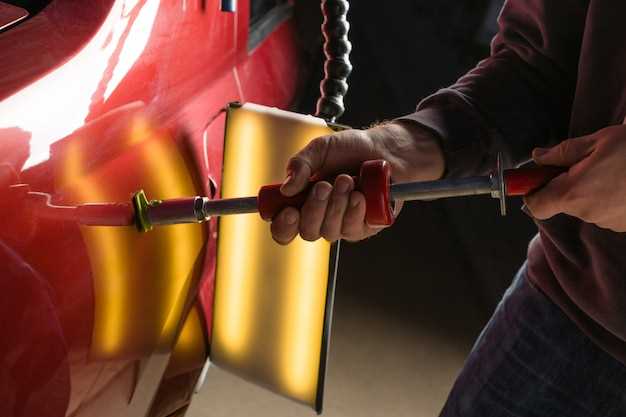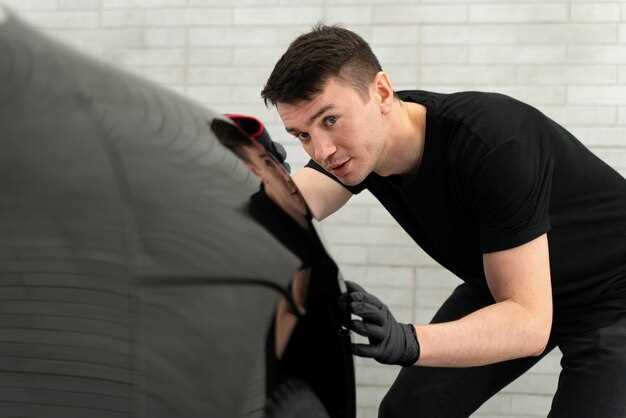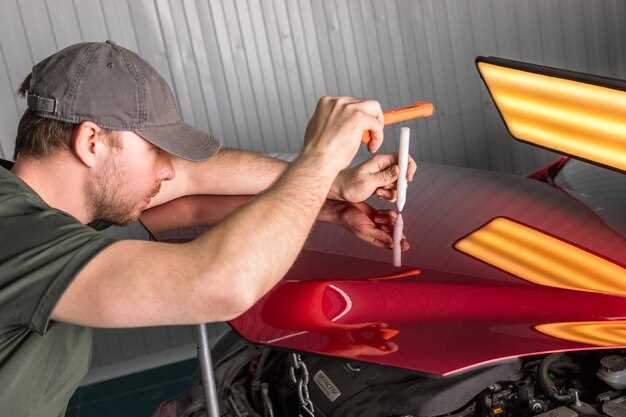
The decision to install a body kit on your vehicle often sparks a debate between DIY enthusiasts and those who prefer professional assistance. DIY body kit installation appeals to car owners who relish the idea of personalizing their vehicle while saving money in the process. However, it comes with its own set of challenges that must be considered. Understanding the pros and cons of tackling this task yourself versus hiring a professional can help you make an informed decision.
On the other hand, professional installation offers expertise and a guarantee of quality, but at a higher cost. Professional mechanics possess the skills and tools necessary to ensure that the body kit fits precisely and performs as intended. Yet, not everyone may be ready to invest that additional expense. By weighing the advantages and disadvantages of each option, you can determine the best approach for your specific needs and preferences.
In this article, we will delve into the key factors that influence the decision-making process regarding diy and professional body kit installation. We’ll explore the benefits of taking the DIY route, such as cost savings and the satisfaction of hands-on work, as well as the potential pitfalls, including time constraints and technical challenges. Conversely, we’ll examine the advantages of hiring a professional and highlight the risks associated with foregone expertise.
Cost Comparison: DIY Installation Expenses vs Professional Fees

When considering body kit installation, the first factor that typically comes to mind is the cost. DIY installation presents a potentially lower upfront expense, as it mainly involves the purchase of the body kit itself and any additional materials or tools needed for the process. Costs can vary widely depending on the complexity of the kit and the tools required. Common expenses associated with DIY installation can include specialty adhesives, paint, and sealing materials, as well as tools like wrenches, sanders, or drills, which may be one-time purchases.
In contrast, opting for a professional installation guarantees a higher initial expenditure, primarily due to labor costs. Hiring a skilled technician not only ensures a high-quality outcome but may also involve additional fees for warranty and potential follow-up maintenance. Professional services often charge based on the complexity of the installation, which can entail bodywork modification or the precise fitting of the kit. Labor rates vary significantly by region and shop reputation, impacting the overall fee.
While DIY installations may appear financially beneficial initially, unexpected costs can arise, such as the need for corrective measures if the installation does not meet quality standards. On the other hand, professional installations often come with a warranty, ensuring peace of mind regarding the fitting and finish of the body kit. Ultimately, evaluating the total cost involves not just the price tag but also the value of professional expertise and potential long-term benefits or pitfalls associated with both options.
Required Skills and Tools for Successful DIY Body Kit Installation

Installing a body kit on your vehicle can be an exciting DIY project, but it requires a set of specific skills and tools to achieve a professional-looking finish. First and foremost, a basic understanding of automotive mechanics is crucial. Familiarity with the various components of your car, including how body parts attach and the nature of the materials involved, will greatly enhance your chances of success.
Skill in using hand tools is also essential. You should be comfortable with screwdrivers, wrenches, and sockets, as these tools are typically needed for removing and installing body panels. Additionally, having experience using power tools, such as drills or angle grinders, can be advantageous, especially when modifying the body kit for a precise fit.
Attention to detail is another key skill when tackling a DIY body kit installation. Properly measuring and aligning parts is vital to ensure that everything fits perfectly and looks aesthetically pleasing. This includes checking for gaps and inconsistencies, which can detract from the overall appearance.
Moreover, knowledge of adhesives and sealants is important, as many kits require these materials for attachment. Understanding how to properly apply them will prevent potential issues, such as water leaks or inadequate adhesion.
To facilitate the installation process, gathering the right tools is a must. Aside from the basic hand and power tools already mentioned, having specialized tools like a heat gun can help in reshaping or fitting parts to the contours of your vehicle. A torque wrench is also useful for ensuring that bolts are tightened to the manufacturer’s specifications, preventing future loosening.
Finally, safety gear, including gloves and eye protection, should be part of your toolkit to ensure a safe working environment. With the right skills and tools at your disposal, you can confidently embark on your DIY body kit installation, achieving results that could rival those of professional installations.
Quality Assurance: How Professional Installation Impacts Performance
When considering body kit installation, the quality of the installation directly influences the performance of the vehicle. Professional installers carry extensive experience and specialized knowledge, ensuring each component is fitted precisely. This precision minimizes air resistance and enhances aerodynamics, which is vital for improving handling and speed.
DIY installations, while appealing for their cost-effectiveness, often lack the same level of expertise. Improper alignment or incorrect fitting can lead to structural weaknesses, potentially compromising the kit’s intended benefits. Additionally, professionals use industry-grade tools and techniques that are not commonly available to DIY enthusiasts, further contributing to a superior fit and finish.
Moreover, a professional installation typically includes a thorough assessment of the vehicle’s existing components. This ensures that the new body kit complements the vehicle’s performance characteristics rather than hindering them. In contrast, a DIY approach may overlook critical aspects such as weight distribution and compatibility, leading to unexpected complications on the road.
Lastly, warranties and guarantees often accompany professional installations, providing assurance of quality and peace of mind. This is a significant advantage over DIY methods, where mistakes may lead to costly repairs that negates any savings from a do-it-yourself project.



